Four Things You Can Do If Your Home Insurance Is Canceled or Not Renewed
Don't panic — here's how to understand your notice, switch coverage and protect your home after a policy nonrenewal or cancellation.
Having your homeowners insurance policy canceled on you can be stressful, especially if you live in an area prone to wildfires, hurricanes and other natural disasters.
In fact, policy cancellations and non-renewals are on the rise. The U.S. non-renewal rate climbed from 0.8% in 2018 to 1.06% in 2023, with states like California, Florida and Louisiana hit particularly hard. The trend reflects growing challenges for insurers as they grapple with increasing climate-related risks.
Fortunately, your insurance company is required to notify you in advance that it doesn't plan to renew your policy. Depending on where you live, you may receive this notice anywhere from one to three months before your renewal date. This can give you some time to determine your next steps.

Sign up for Kiplinger’s Free E-Newsletters
Profit and prosper with the best of expert advice on investing, taxes, retirement, personal finance and more - straight to your e-mail.
Profit and prosper with the best of expert advice - straight to your e-mail.
Here are four things you can do.
1. Determine why your policy won't be renewed

When you receive your nonrenewal notice, carefully review the document to find out why you're being dropped. Potential reasons include:
- You've filed too many claims
- Changes to your property have increased your risk
- The insurer is dropping that line of coverage
- The insurer is reducing its exposure in your area
- You've committed insurance fraud
- Your credit score has dropped
If you disagree with the reasoning or you want more details, reach out to the insurance company to learn more. Depending on the situation, you may be able to get the insurer to reconsider.
If you believe that the decision is unfair, you may choose to contact your state's insurance department for assistance.
2. Shop around for coverage
Depending on the reason for nonrenewal, you may be able to easily switch to a different insurance carrier. Take your time to shop around and compare quotes from multiple insurers to find the best price for the coverage you need.
It's important to note that getting dropped from your previous insurance provider won't necessarily result in higher premiums with a new one. However, if you were dropped due to hazards, excessive claims or fraud, it can be difficult to find a carrier willing to work with you.
In this case, you may need to turn to a state-run insurance program. Often called Fair Access to Insurance Requirements (FAIR) plans, these policies are designed for people who can't get coverage with a private insurer. Just keep in mind that your premiums may be higher for only basic coverage.
Compare home insurance coverage and rates using our tool, in partnership with Bankrate, below.
3. Improve your home
If your insurer isn't renewing your policy due to liability hazards, making some improvements may help you overturn the decision or improve your chances of securing a policy with a different company.
Potential steps you can take include:
- Replacing your HVAC system
- Repairing on replacing your roof
- Getting back on track with home maintenance
- Removing risky items, such as a trampoline
- Updating your plumbing or electrical systems
- Installing a security system or fire alarm
As you make improvements, be sure to document your upgrades with receipts, permits and before-and-after photos.
You can share these with your current or prospective insurer to demonstrate reduced risk and potentially qualify for better coverage or lower premiums.
4. Notify your mortgage company

Homeowners insurance isn't mandated by law, but most lenders require it to protect their investment. Anytime you switch home insurance companies, you'll need to contact your lender to let them know about the change.
It's important to understand that if you don't find another policy before your current one expires, your lender may purchase a policy for you and pass the cost onto you. This is called forced-place or lender-placed insurance, and it can cost double what you'd pay for a standard home insurance policy.
What's more, a forced-placed insurance policy protects the lender, not you. So, it's crucial that you act quickly. Once you provide proof of coverage, the lender can remove the force-placed policy.
The bottom line
Getting dropped by your homeowners insurance provider can feel overwhelming, but you have options. Understanding the reason for the nonrenewal, exploring alternative coverage options, making home improvements and staying in touch with your lender can all help you take control of the situation.
Start by reviewing your notice carefully and gathering quotes from other insurers. With a proactive approach, you can find a new policy that meets your needs and protects your home.
Related Content
Get Kiplinger Today newsletter — free
Profit and prosper with the best of Kiplinger's advice on investing, taxes, retirement, personal finance and much more. Delivered daily. Enter your email in the box and click Sign Me Up.

Ben writes about all things personal finance, including consumer credit, credit cards, mortgages, student loans, investing and budgeting, as well as travel. Before his career as a writer, Ben worked in financial planning and insurance, banking and auto financing. After working as a staff writer at NerdWallet and Student Loan Hero, he started freelancing full time in 2018. Ben earned a B.S. in business administration with a finance emphasis from Brigham Young University. He lives near Salt Lake City with his two kids and two cats.
-
 Married? Five Ways to Ensure Your Estate Plans Work in Tandem
Married? Five Ways to Ensure Your Estate Plans Work in TandemGetting on the same page now means fewer potential problems when it counts.
By Kiplinger Advisor Collective
-
 12 Investments No Retiree Should Make
12 Investments No Retiree Should MakeIn retirement, when it's wise to take fewer risks with your nest egg, some investments are just nuts.
By David Rodeck
-
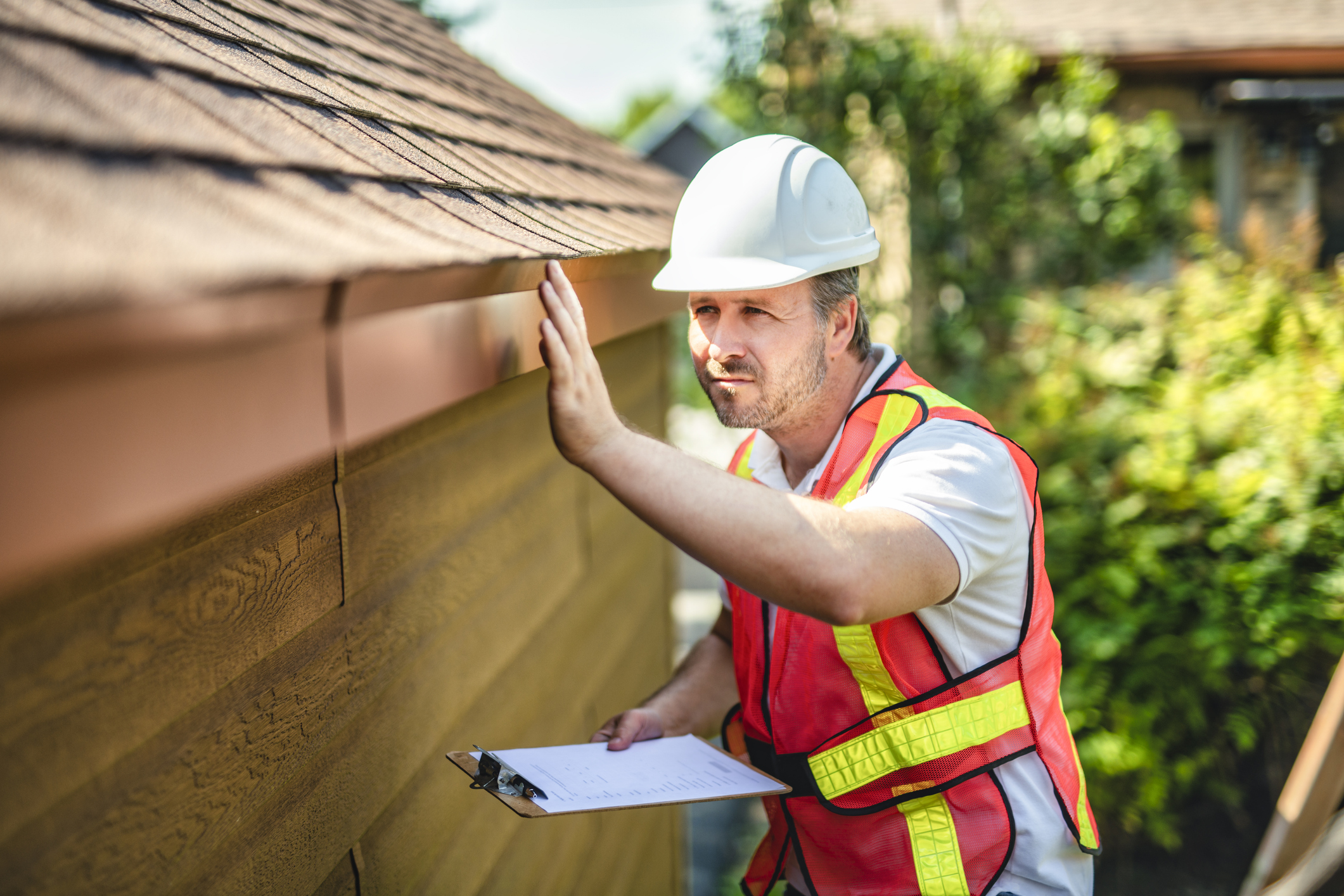 Five Easy Weatherproofing Projects That Help Prevent Damage and Save on Insurance
Five Easy Weatherproofing Projects That Help Prevent Damage and Save on InsuranceProtect your home from storms and water damage with these simple weatherproofing upgrades — some may help reduce your home insurance premium.
By Paige Cerulli
-
 Is Your Car Model Driving Up Your Insurance Premium?
Is Your Car Model Driving Up Your Insurance Premium?Car insurance rates vary by make and model. Find out if your car is raising or lowering your premium.
By Rachael Green
-
 Don’t Get Burned: Six Summer Disasters Your Home Insurance Might Not Cover
Don’t Get Burned: Six Summer Disasters Your Home Insurance Might Not CoverHome insurance doesn’t cover everything. Learn which disasters require extra coverage — and how to protect your home before it’s too late.
By Jacob Wolinsky
-
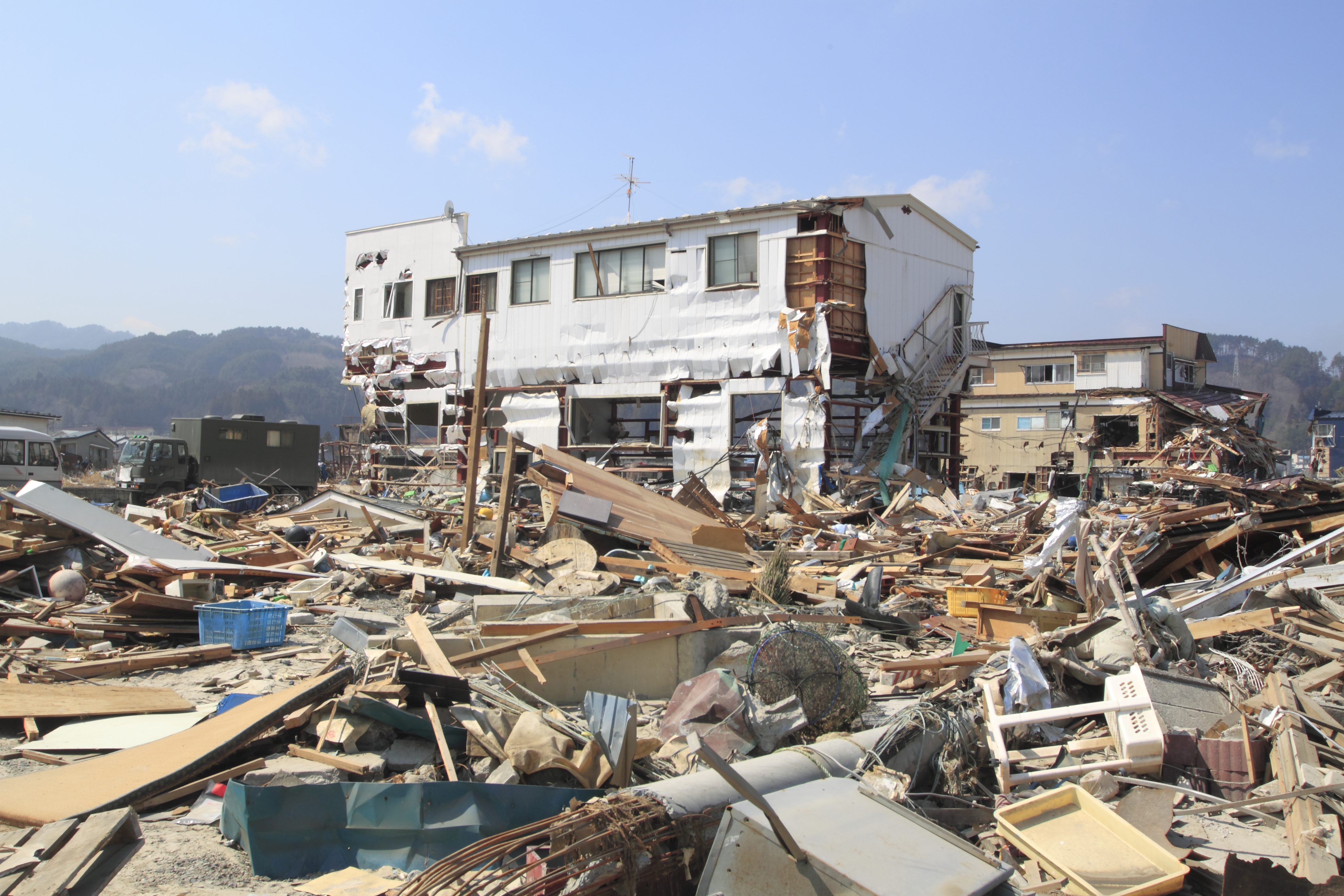 Should You Get Earthquake Insurance?
Should You Get Earthquake Insurance?Standard home insurance doesn’t cover earthquakes, but paying extra for earthquake insurance isn’t just for Californians.
By Rachael Green
-
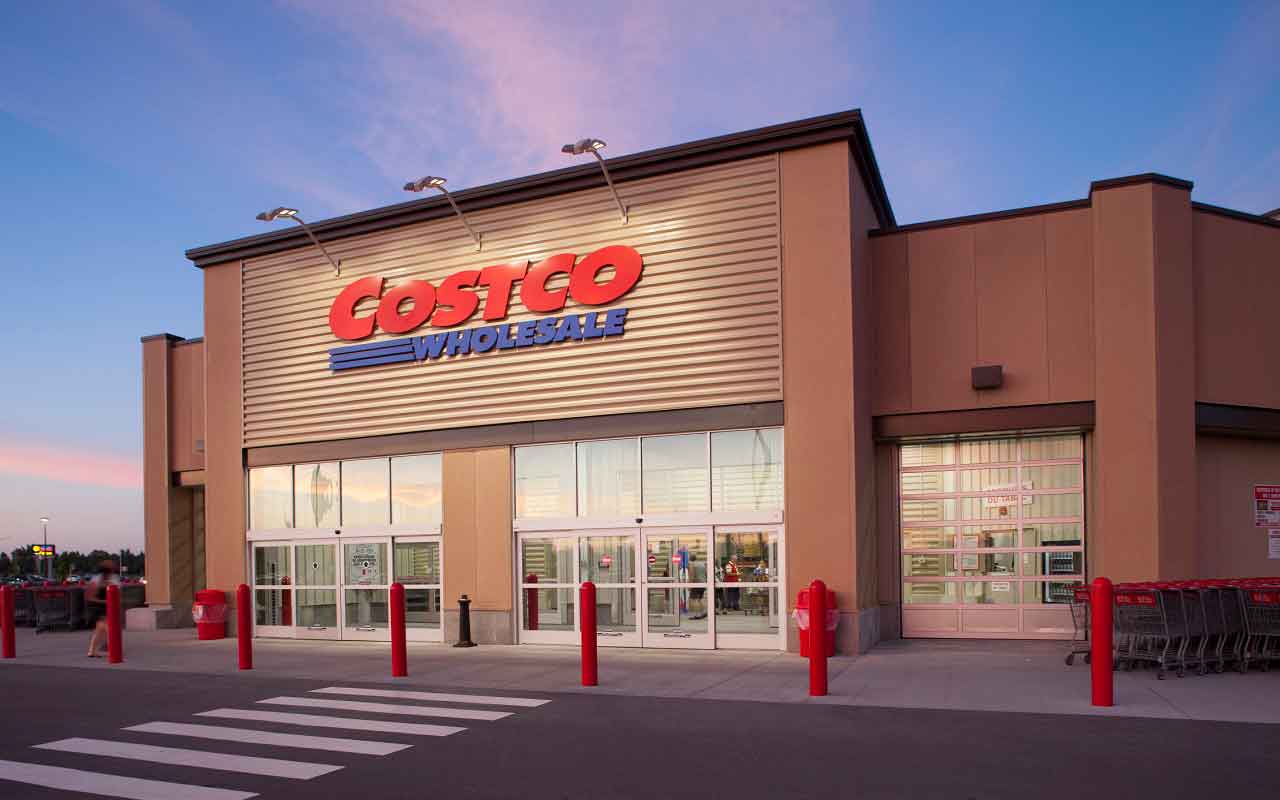 Should You Get Auto or Home Insurance Through Costco?
Should You Get Auto or Home Insurance Through Costco?Costco members can access discounted insurance through Connect by American Family — but is it really a better deal?
By Paige Cerulli
-
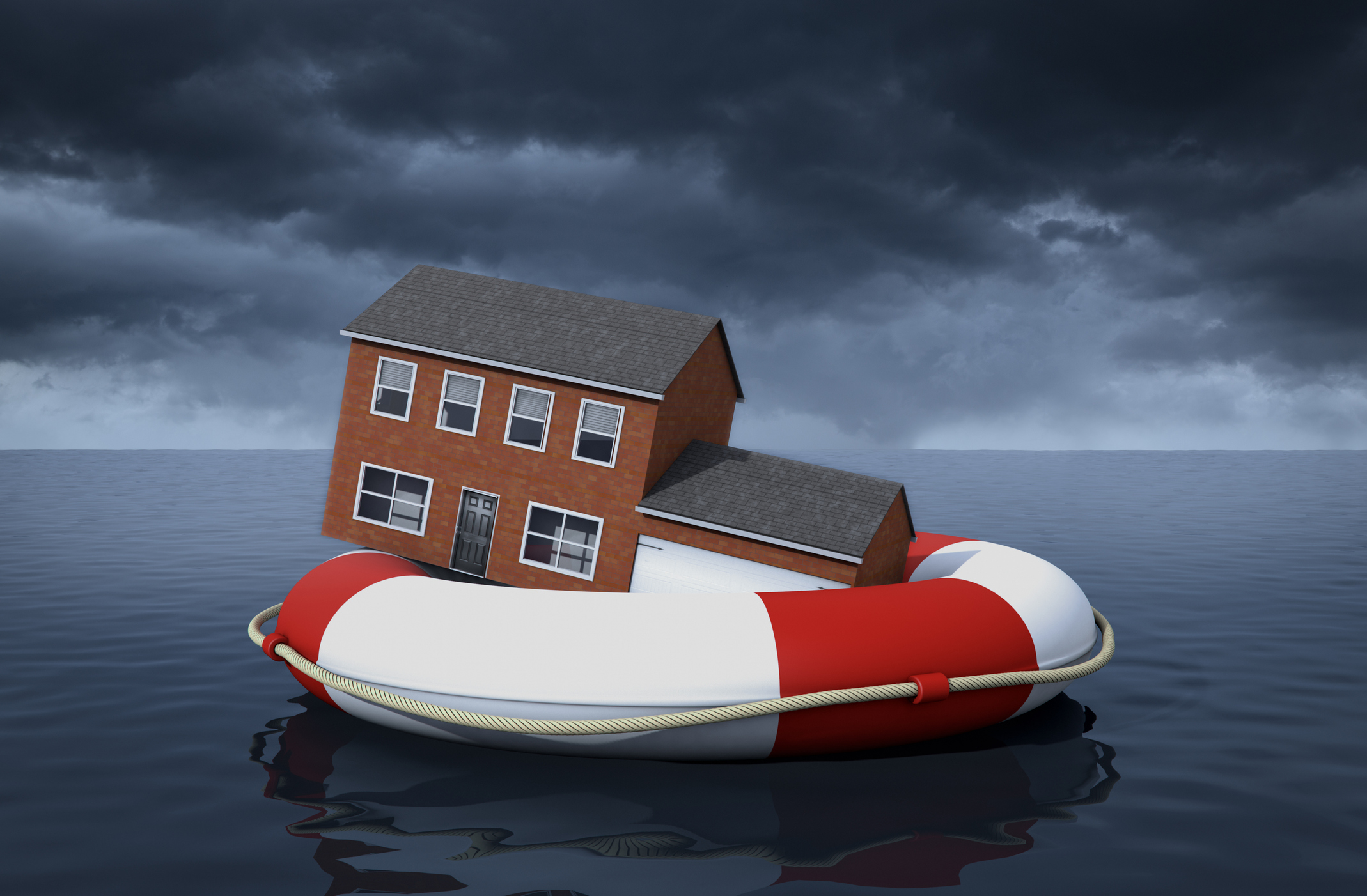 How to Lower Home Insurance Rates When Climate Change Increases Costs
How to Lower Home Insurance Rates When Climate Change Increases CostsA top insurer warns the damage climate change causes is making it cost-prohibitive for insurers in some areas. Learn how to protect your home and lower costs.
By Sean Jackson
-
 See How Much Auto Tariffs Could Raise Your Car Insurance Rates
See How Much Auto Tariffs Could Raise Your Car Insurance RatesPresident Donald Trump issued a 25% tariff on all car imports. See how this tariff impacts the cost of your car insurance.
By Sean Jackson
-
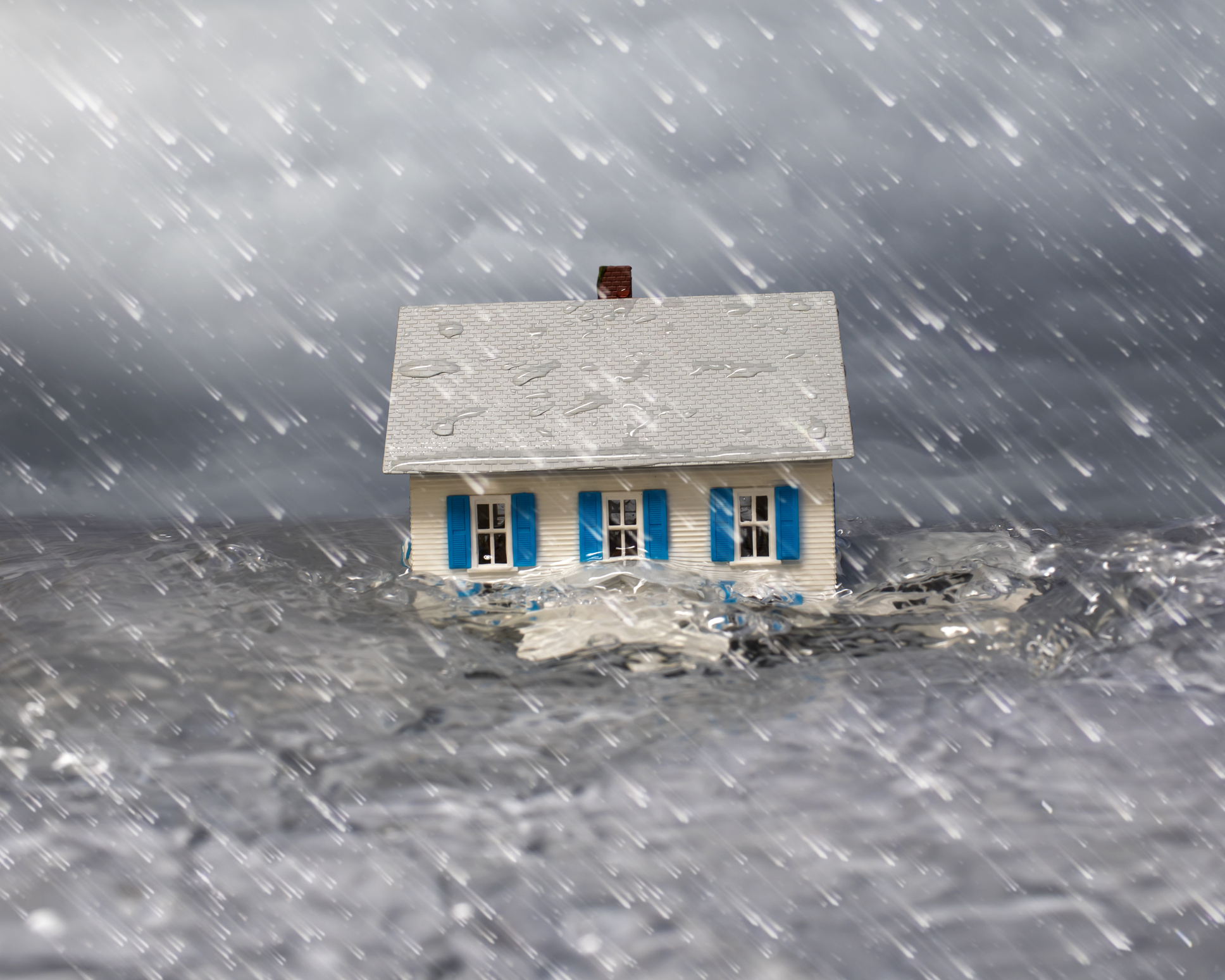 These Eight States Have the Most Expensive Home Insurance in 2025
These Eight States Have the Most Expensive Home Insurance in 2025If you live in one of these eight states, you’re probably paying $1,000 or more above the national average for home insurance.
By Rachael Green